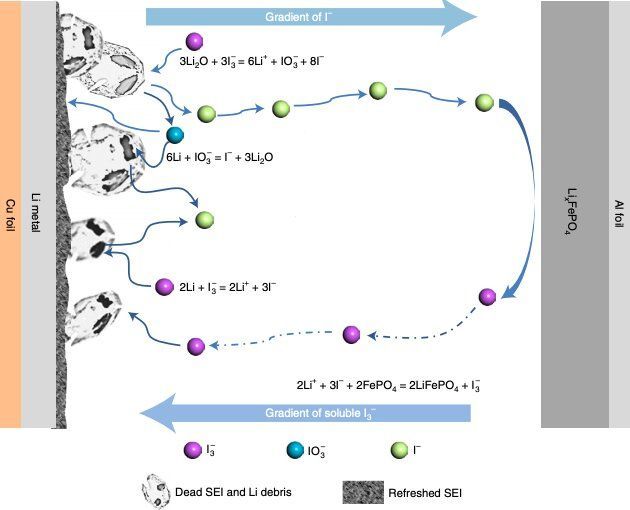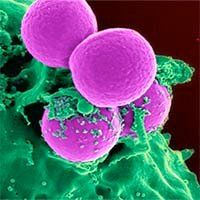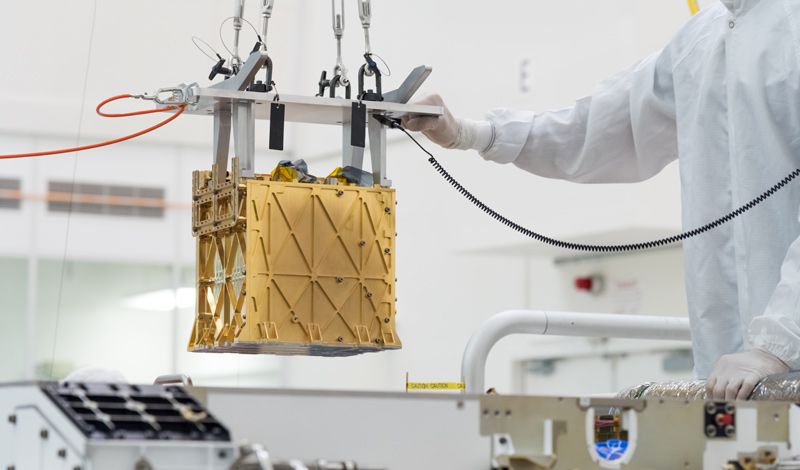Apr 24, 2021
Hoverboard Test! (Part 2/2)
Posted by Quinn Sena in categories: energy, engineering, media & arts, transportation
Check out http://kiwico.com/Hacksmith50 for 50% off your first month of any crate!
Thanks to Grepow for providing the Epic LiPo batteries ► http://bit.ly/2JLYClt.
Visit Twin City Graphics for all your vinyl wrapping needs ► http://www.twincitygraphics.com/
Check out K&J Magnetics for all your magnet needs! https://www.kjmagnetics.com/


















